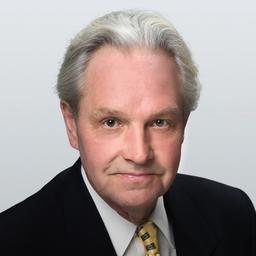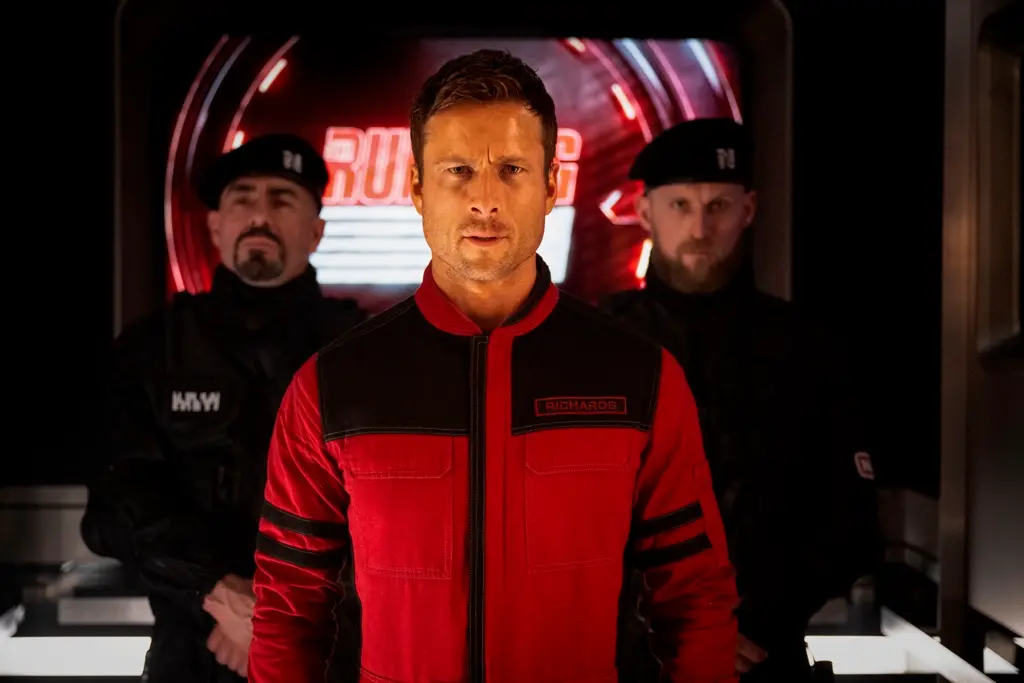NR | 1h 1min | Documentary, Biography, Film History | 21 March 2023 (USA)
For those largely unfamiliar with the films of Stanley Kubrick, director Gregory Monro’s one-hour, one-minute movie, narrated mainly by Kubrick, might be considered a cheat, which is understandable. For Kubrick devotees, it could be viewed as suspect. In actuality, it is not a cheat nor is it suspect.





